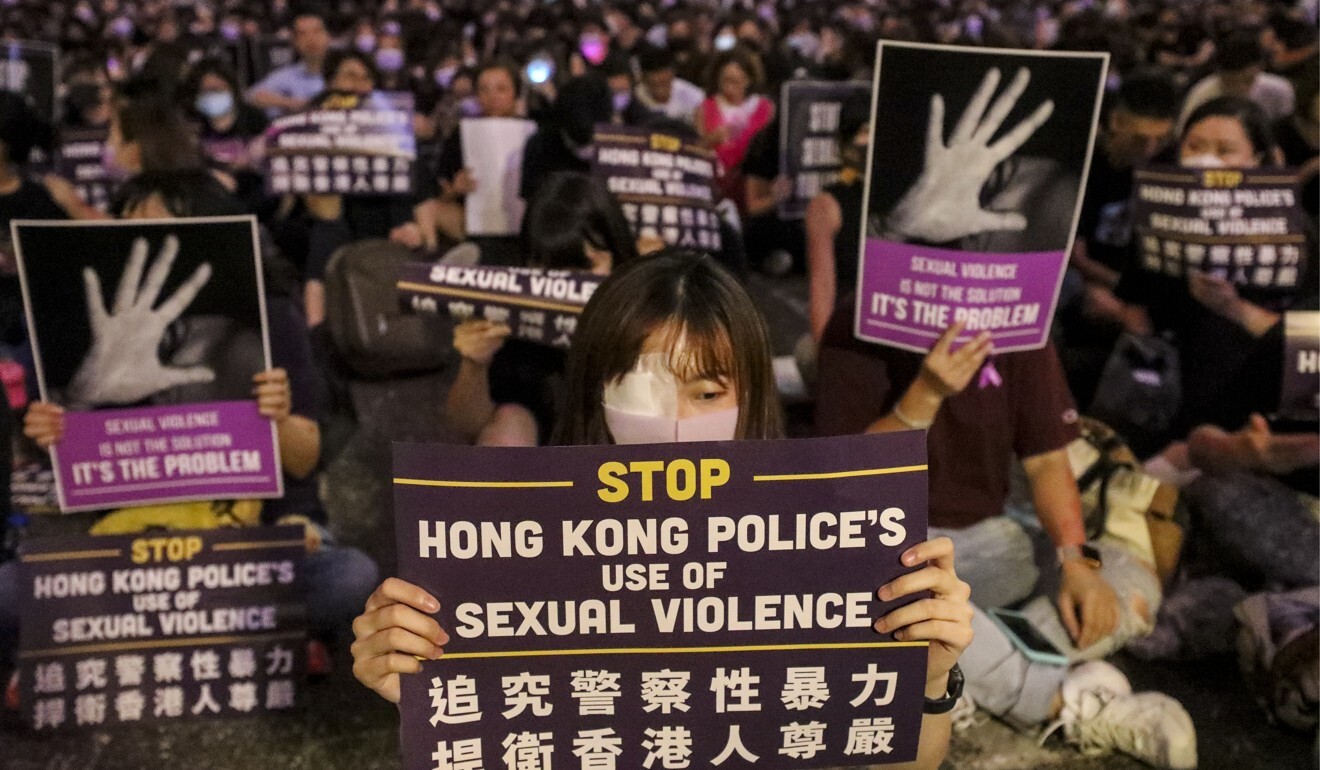
Hong Kong protests: to bridge city’s ‘blue’ and ‘yellow’ divide, police watchdog must walk the talk
- While those in the ‘blue’ camp vociferously defend the police, ‘yellow ribbons’ are ready to believe the worst of the force
- If the police watchdog is to be trusted, it must be seen to act proactively. The recent case of a tussle over video footage would be a good place to start
The division of Hong Kong into “blue” and “yellow” camps, which arguably began with the Occupy movement in 2014, has certainly accelerated since the extradition bill protests began last year. Hardcore blues can see no action by the police requiring censure or even investigation, while their yellow counterparts take as gospel truth every rumour, however wild and lacking in evidence.
It has become increasingly hard to hold the middle ground, to see error and truth on both sides. If we believe in democracy but also want a strong police force to keep the peace, where do we fit in? This is particularly a problem for media commentators.
The extreme polarisation of our society is very unhealthy. It has alienated so many of our well-educated young people, to whom we might have looked to provide the future leadership of the government, including the police force. It may now be too late.
Blues will not hesitate to dismiss all such allegations. Neutrals simply hope the worst is not true. What I find scary is the willingness of hundreds of thousands of yellows to believe the most sinister interpretations.
As it happens, two reports released this month could help us find a path through the fog of uncertainty. Secretary for Security John Lee Ka-chiu said those who wished to report misconduct by police shouldn’t rush to the media to make the matter public. Rather, they should lodge their case with the Complaints Against Police Office (Capo), which would carry out a thorough investigation. That would be a reasonable appeal for the minister to make, but it is predicated on Capo having a solid reputation for being impartial.
The day following Lee’s statement, I read a media report about woman who wanted some material held by the police to support her complaint to Capo. She said she had been travelling on a bus last October which was stopped by the police so that they could search all the passengers.
On her turn, she was instructed by a female officer to remove her dress – in effect to strip down to her underwear – in the presence of male police officers and members of the public. The whole process was filmed by one of the officers. The lady has asked for a copy of the video.
The police responded that they could not provide a copy because to do so would violate the privacy of others. When she suggested pixelating their faces, the police said they did not have the software to do so. Obtaining the software and deploying an officer for the purpose would cost an estimated HK$100,000, which the police wanted her to pay up front.
Interestingly, the police did not deny that the woman was ordered to strip to her underwear in public, that male officers and other members of the public were present, and that the whole thing had been filmed.
Do the police general orders permit women to be searched in this manner?

This case needs to be clarified urgently, for it poses at least two serious questions. If some police officers are prepared to behave like this in public, what might they be prepared to do behind closed doors? And if Capo is serious about its work, why doesn’t it demand a copy of the video as part of its investigative process?
This material is too heavy for a mere columnist. Let’s start with the first case, which seems much more straightforward. Over to you, Mr Lee.
Mike Rowse is the CEO of Treloar Enterprises

